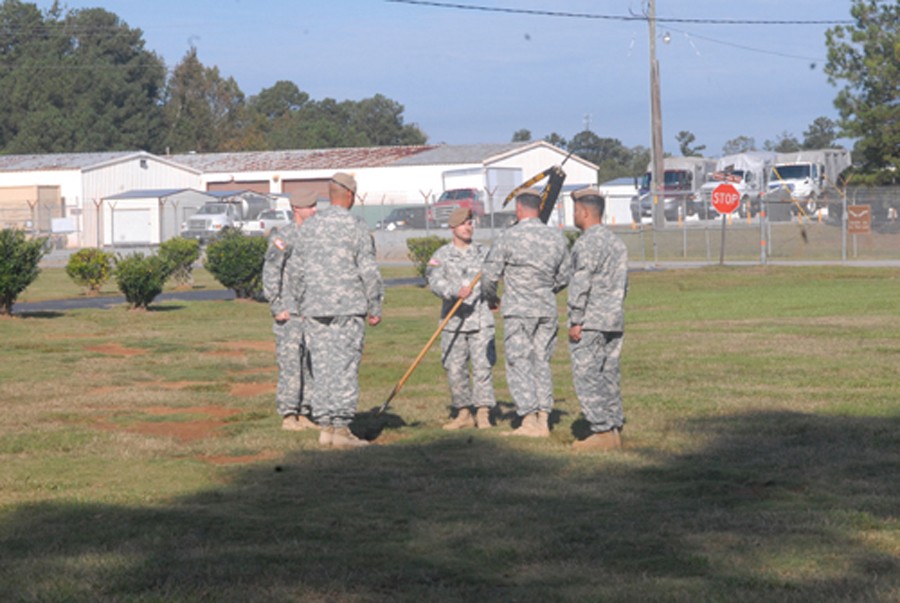
FORT BENNING, GA - Doug Hughes wrote the requirement for the candle, or so the saying goes in the Electronics and Special Developments Branch of the Soldier Requirements Division, U.S Army Infantry Center.
"I got a candle as my retirement gift," said Hughes, who retired Friday. "That's the joke around here, that I've been here so long I wrote the requirement document for the candle."
Hughes, the deputy branch chief and a combat development specialist, has spent the past 18 years managing night vision and laser technology programs for the Army from his office at Fort Benning.
Father of the mantra, "Own the Night," Hughes was responsible for writing requirements to build lighter, better night vision equipment to help Soldiers see farther into the darkness and engage the enemy nearly as well as they could during the day. Hughes developed the original "Own the Night" master plan and small-arms integration book, which called for a number of Army objectives to introduce better computer and visual technology for weapons, said LTC Matthew England, chief of the ESD branch.
"There was a time in the Army, with the first generation of night vision equipment, where it was about as good as fighting at night without anything," England said. "In Doug's tenure, we went from that to fighting at night almost as good as we could during the day. If we went out tonight with the current night vision capability, we could engage targets almost to the maximum effective range of our rifles. Twenty years ago that was unimaginable."
Prior to coming to the ESD branch, Hughes served nearly 22 years in the Army, including two tours in Vietnam as a pilot, before retiring and entering the civil service at Fort Benning as an Infantry organizational structure development specialist until the section's consolidation in 1991.
Though Hughes said he landed in ESD "by mistake," his successes have been well documented. Projects he has had a hand in include weapon night sights, night-vision goggles, lasers, counter-sniper systems, electro-optics initiatives, night vision programs for Infantry vehicles, ground robotic systems, directed energy systems, Army technology objectives and a variety of Soldier enhancement programs.
These programs are valued at more than $4.5 billion, England said.
"He always stressed everything needed to be smaller, lighter and consume less power," said Bruce Davis, a former co-worker in SRD who is now part of the Infantry School commandant's management staff. "He liked to defy physics. He wanted night vision to be like a contact lens that you could pop into your eye."
Hughes said one of the first projects he worked on was a thermal weapons sight.
"It was pretty new technology at the time," he said. "The heavy thermal sight weighed five and a half pounds. The ones we're making now weigh less than three pounds."
A recent project Hughes wrote the requirement for was the enhanced night-vision goggle, which combined both the old night-vision technology and thermal technology.
The "fused" technology, as it was dubbed, extended the maximum effective range of the goggle to match close to the range of the weapon, he said.
"We've saved some lives and I'm really proud of that," Hughes said. "Soldiers can do things at night that they couldn't do before."

Social Sharing